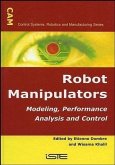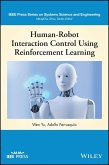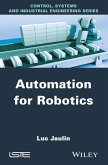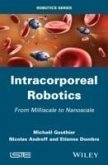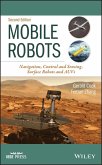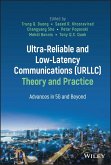Localization for underwater robots remains a challenging issue. Typical sensors, such as Global Navigation Satellite System (GNSS) receivers, cannot be used under the surface and other inertial systems suffer from a strong integration drift. On top of that, the seabed is generally uniform and unstructured, making it difficult to apply Simultaneous Localization and Mapping (SLAM) methods to perform localization. Reliable Robot Localization presents an innovative new method which can be characterized as a raw-data SLAM approach. It differs from extant methods by considering time as a standard variable to be estimated, thus raising new opportunities for state estimation, so far underexploited. However, such temporal resolution is not straightforward and requires a set of theoretical tools in order to achieve the main purpose of localization. This book not only presents original contributions to the field of mobile robotics, it also offers new perspectives on constraint programming and set-membership approaches. It provides a reliable contractor programming framework in order to build solvers for dynamical systems. This set of tools is illustrated throughout this book with realistic robotic applications.
Dieser Download kann aus rechtlichen Gründen nur mit Rechnungsadresse in A, B, BG, CY, CZ, D, DK, EW, E, FIN, F, GR, HR, H, IRL, I, LT, L, LR, M, NL, PL, P, R, S, SLO, SK ausgeliefert werden.



